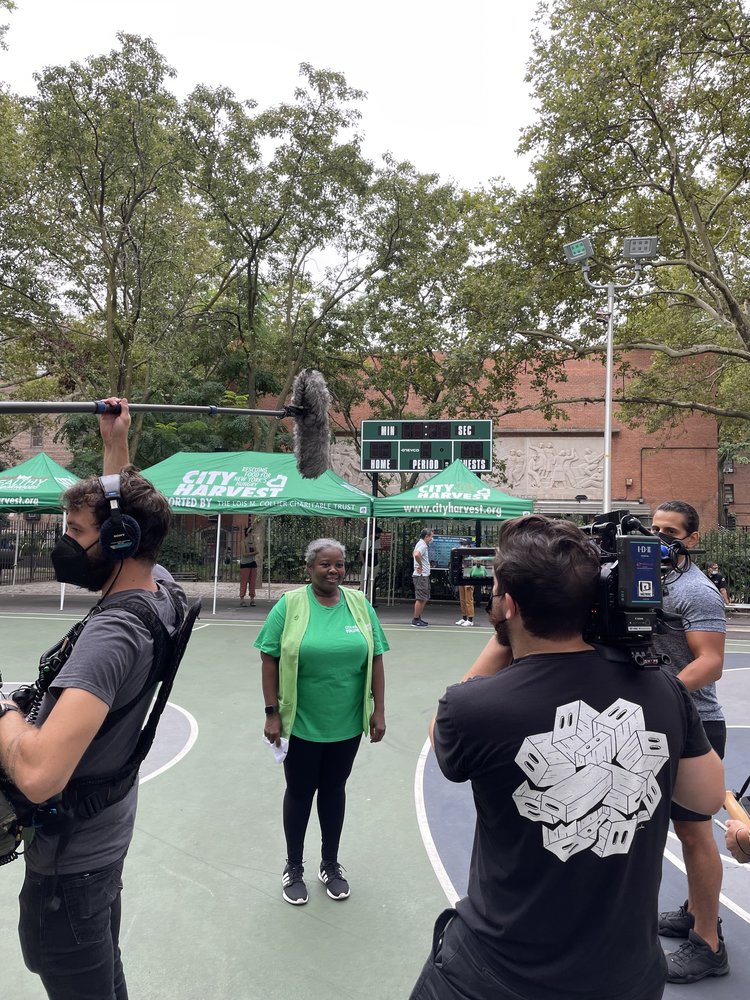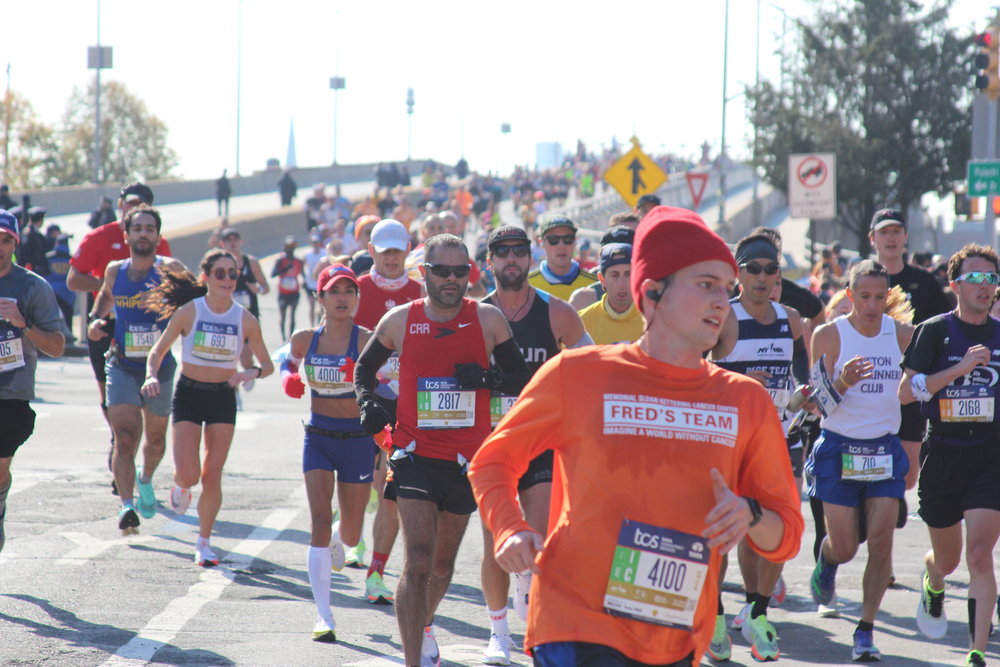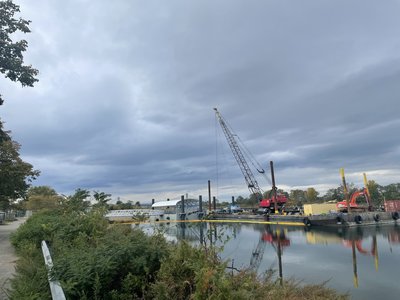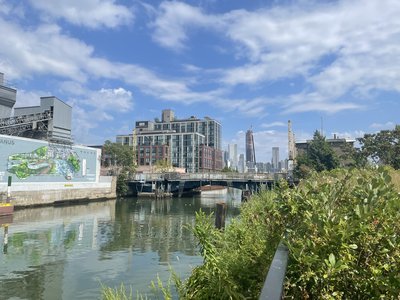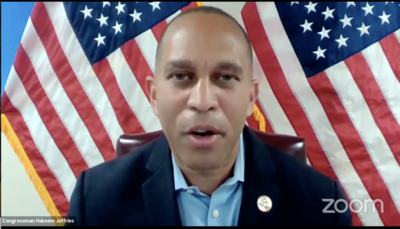Pol Position: State lawmakers to decide on Mayoral Control
The debate over mayoral control of New York City public schools remains a hot-button issue in Albany, as the Adams administration continues its push for a four-year extension. Adams has had a lot on his plate–in addition to his efforts to revive New York City following two years of the COVID-19, efforts to increase public safety amid a surge of gun violence nationwide, and efforts to construct affordable housing amid a homelessness crisis, he also found himself confronted with criticism from parents, students, and teachers regarding the mask mandates and COVID vaccination requirements.
But not all was lost. During his tenure, Adams helped restore funding for Gifted & Talented programming, introduced Asian American history into school curriculums, and helped usher a deal with Albany lawmakers to turn on speed cameras 24/7.
Mayoral control gives Adams the authority to hire and fire the Schools’ Chancellor along with nine of the 15 members on the Panel for Education Policy. It is a policy that has been around for the last twenty years, and yet despite support from Gov. Hochul, state lawmakers have indicated they may look to reduce the extension to a single year.
According to Chalkbeat, last month, Adams joined Chancellor David Banks for a rally on the steps of City Hall to plead his case with state legislators to continue and grant the administration the authority to oversee the city’s school system.
“The chancellor and I have laid out a bold new vision for our children and for the families that attend our public school system,” Adams said. “This is the first time in history where we have two men who grew up in the public school system with two different experiences — one dealing with a learning disability, another dealing with the Gifted and Talented program.” State Senator John Liu also told Pix11 News that while Adams will likely keep mayoral control, he expects changes to strengthen the ability of parents to give input and could even allow lawmakers to hold Adams accountable over his performance.
“The likely outcome will be a system in which the mayor still has control, and therefore, we can hold him accountable for school success or failure, but a system that also provides a meaningful mechanism to bolster parental input,” Liu, who chairs the Senate’s committee on New York City education, told Chalkbeat in a recent interview. “That is the main issue — that parents feel they have no way to engage, that their suggestions and complaints aren’t even heard.”
Although it seems likely that state lawmakers will approve the revised extension, there are a number of issues facing the nation’s largest school system that still need to be addressed.
One key concern is chronic absenteeism in schools. Thanks largely to the pandemic, the rate of absenteeism over the past year has reached its highest level in over twenty years. Student enrollment is down, class participation is down, and keeping teachers in the City school system has been a struggle.
Another major concern is parent involvement. Several parents are in favor of returning control of city schools to the state in light of recent decisions by the Department of Education Chancellor Banks. The recent dismissal of District 30 Superintendent Philip Composto and District 24 Superintendent Madelene Chan had parents in a frenzy over Adams-controlled DOE, which they feel did not consider the input of parents before making such a major decision. DOE officials have since stated that they plan to allow the Superintendents to reapply for their jobs, despite the likelihood that they will be replaced.
However, some say that the effort of the Adams administration to be more inclusive has been an improvement from years past.
With mayoral control set to expire, New York State lawmakers have until the end of session to decide on Mayoral Control.

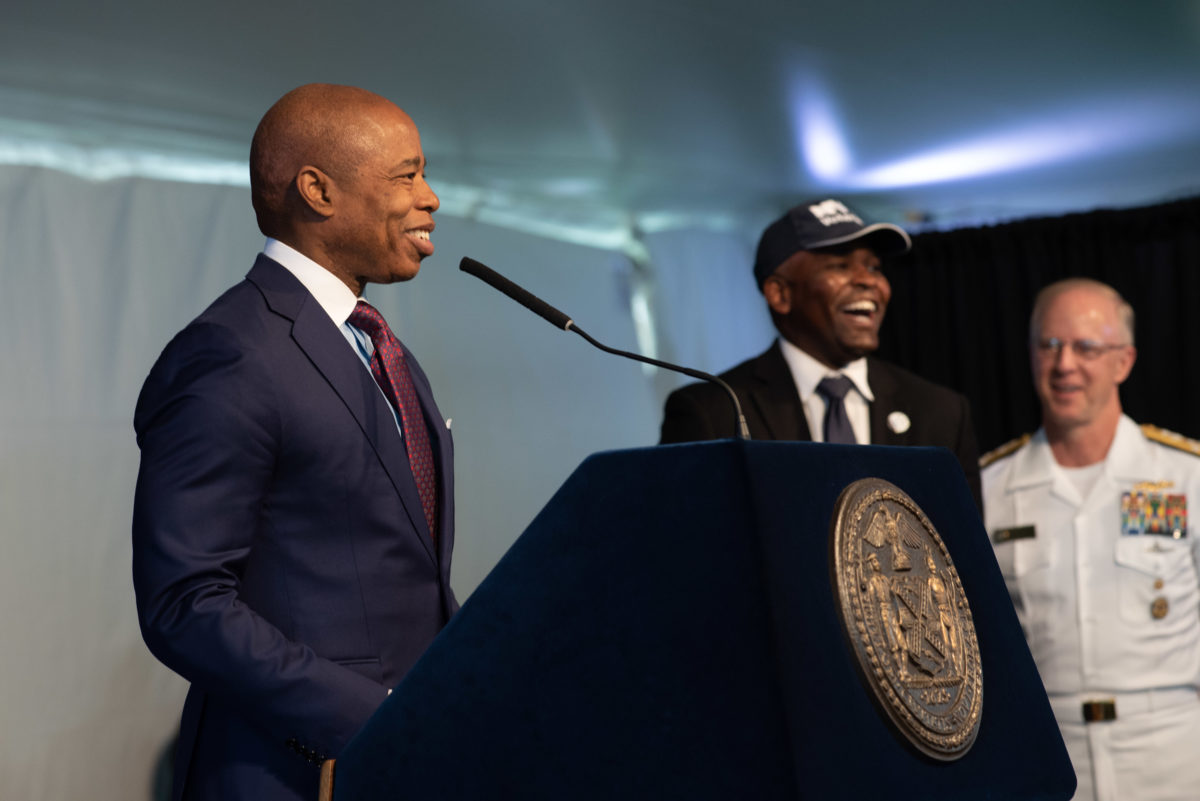
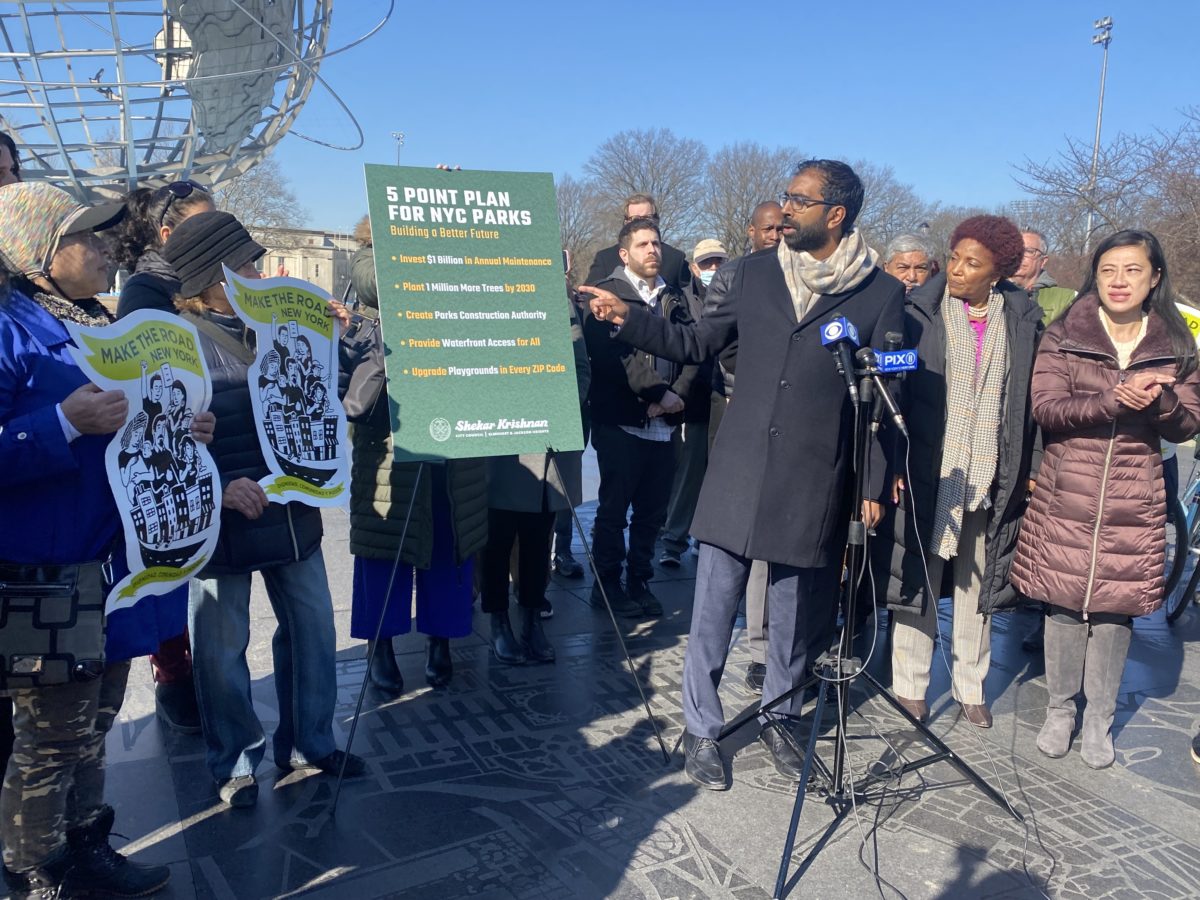
 “The issue of parks in our city is a social justice issue,” Krishnan said. “It is a public health issue.”
“The issue of parks in our city is a social justice issue,” Krishnan said. “It is a public health issue.”